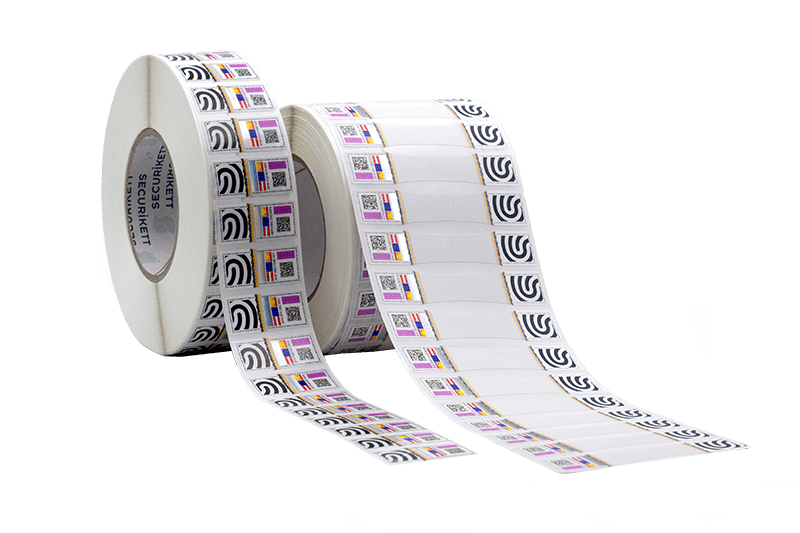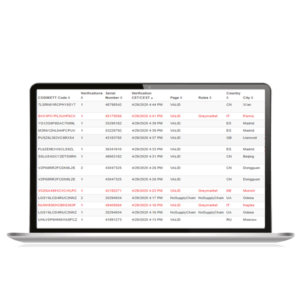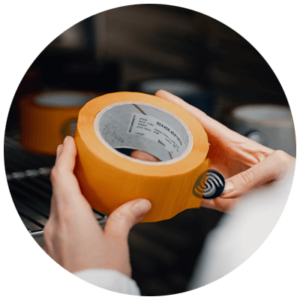OUR TECHNOLOGIES
SECURE
DATA ENCODING FOR CODE CLONING SECURITY

AUTHENTICATION AND TRACEABILITY BASED ON UNIQUE IDENTIFIERS
RAISING RESILIENCE AGAINST CODE CLONING
In the realm of unique codes for product authentication, ensuring code cloning security plays a crucial role. So, how can we effectively deter counterfeiters and other criminal entities from copying and reprinting codes, as well as bypassing traceability systems?

AUTHENTICATION AND TRACEABILITY BASED ON UNIQUE IDENTIFIERS
RAISING RESILIENCE AGAINST CODE CLONING

PRINCIPLES FOR COMBATTING CODE-CLONING
AND OTHER TYPES OF PRODUCT FRAUD BY SECURE DATA ENCODING
- UIDs based on data encryption
- Immediate feedback on previous verifications
- Secure and well known entry point for verification
- Physical anti-cloning techniques
Encryption and electronic signatures of serials provide robust security against guessing or predicting Unique Identifiers (UIDs).
CODIKETT relies on this copy-free principle. The data encoding system typically creates 16-digit alphanumeric codes, which cannot be guessed or anticipated.
UIDs, based on encryption, can only be reprinted when collected or stolen, piece by piece. Consequently, reprinting larger series based on the knowledge of one or a few codes, becomes impossible.
Together with immediate feedback on previous verifications, reprints and copies are quickly detected.
Detect Reprints and initiate Alarms
Upon verifying a UID, immediately check the frequency and location of previous verifications of the same number.
This core functionality of CODIKETT and comparable platforms detects reprints and initiates alarms, effectively ruling out most – though not all – code reprints. Ensuring that anti-copy checks occur immediately and online, during scanning and verification, is essential.
Core Functionality and Customizable Alarm Settings
- How frequently can a single UID be scanned?
- What actions should be taken if scans occur in different geo-locations?
- How should scans from different IP addresses be evaluated, even if the IP is masked for data privacy reasons?
- When and to whom should an alarm be sent on the brand owner’s end?
- Should the person verifying the code be informed about irregularities and/or be prompted to take action?
- Users should know their reliable app or brand web address.
- A basic version of this concept would check the URL/web address – is it listed as a trustful service? MILLEPEDIA is an interoperable app by Securikett to demonstrate the concept.
- However, a more complex version is based on ISO 22385, ISO 22376. In this architecture, all UIDs originating from trusted parties receive an additional electronic signature.
- This additional layer of encryption is issued by a trusted and independent third party. Subsequently, the layer is checked and decrypted by an interoperable app, known to the users.
- Only after this first check, the UID is routed to its authoritative source for verification.
Many of them are supported by electronic anti-copy checks, using the smartphone camera. There may be links integrated into the response pages for UID-verification.

GET MORE DETAILS ON PHYSICAL
COPY PROTECTION






























